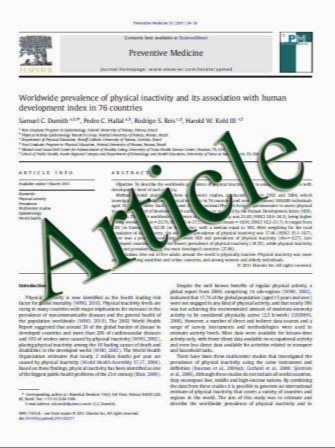Lumbosacral intrathecal nerve roots: an anatomical study
- نوع فایل : کتاب
- زبان : انگلیسی
- مؤلف : Mehmet Arslan & Ayhan Cِmert & Halil فbrahim Açar & Mevci ضzdemir & Alaittin Elhan & فbrahim Tekdemir & Shane R. Tubbs & Ayhan Attar & Hasan اaًlar Uً
- چاپ و سال / کشور: 2011
Description
complex because of the density of nerve roots in the cauda equina. Space-occupying lesions, including disc herniation, trauma and tumor, within the spinal canal may compromise the nerve roots, causing severe clinical syndromes. The goal of this study is to provide spinal surgeons with a detailed anatomical description of the intrathecal nerve roots and to emphasize their clinical importance. Method Ten formalin-fixed male cadavers were studied. They were dissected with the aid of a surgical microscope, and measurements were performed. Results The number of dorsal and ventral roots ranged from one to three. The average diameter of roots increased from L1 to S1 (0.80 mm for L1 and 4.16 for S1), respectively. Then their diameter decreased from S1 to S5 (4.16 mm for S1, 0.46 mm for S5). The largest diameter was found at S1 and the smallest at S5. The average number of rootlets per nerve root increased from L1 to S1, then decreased (3.25 for L1, 12.6 for S1, and 1.2 for S5), respectively. The greatest rootlet number was seen at S1, and the fewest were observed at S5. The average diameter of the lateral recess gradually decreased from L1 to L4 (9.1 mm for L1; 5.96 mm for L4) and then increased at L5 level (6.06 mm); however, the diameter of the nerve root increased from L1 to L5. The midpoint of distance between the superior and inferior edge of the intradural exit nerve root was 3.47 mm below the inferior edge of the superior articular process at the L1 level, while the origin of the L5 exit root was 5.75 mm above the inferior edge. The root origin gradually ascended from L1 to L5. Conclusions The findings of this study may be valuable for understanding lesions compressing intradural nerve roots and may be useful for intradural spinal procedures.
Acta Neurochir (2011) 153:1435–1442 Received: 17 July 2010 / Accepted: 19 January 2011 / Published online: 25 March 2011


